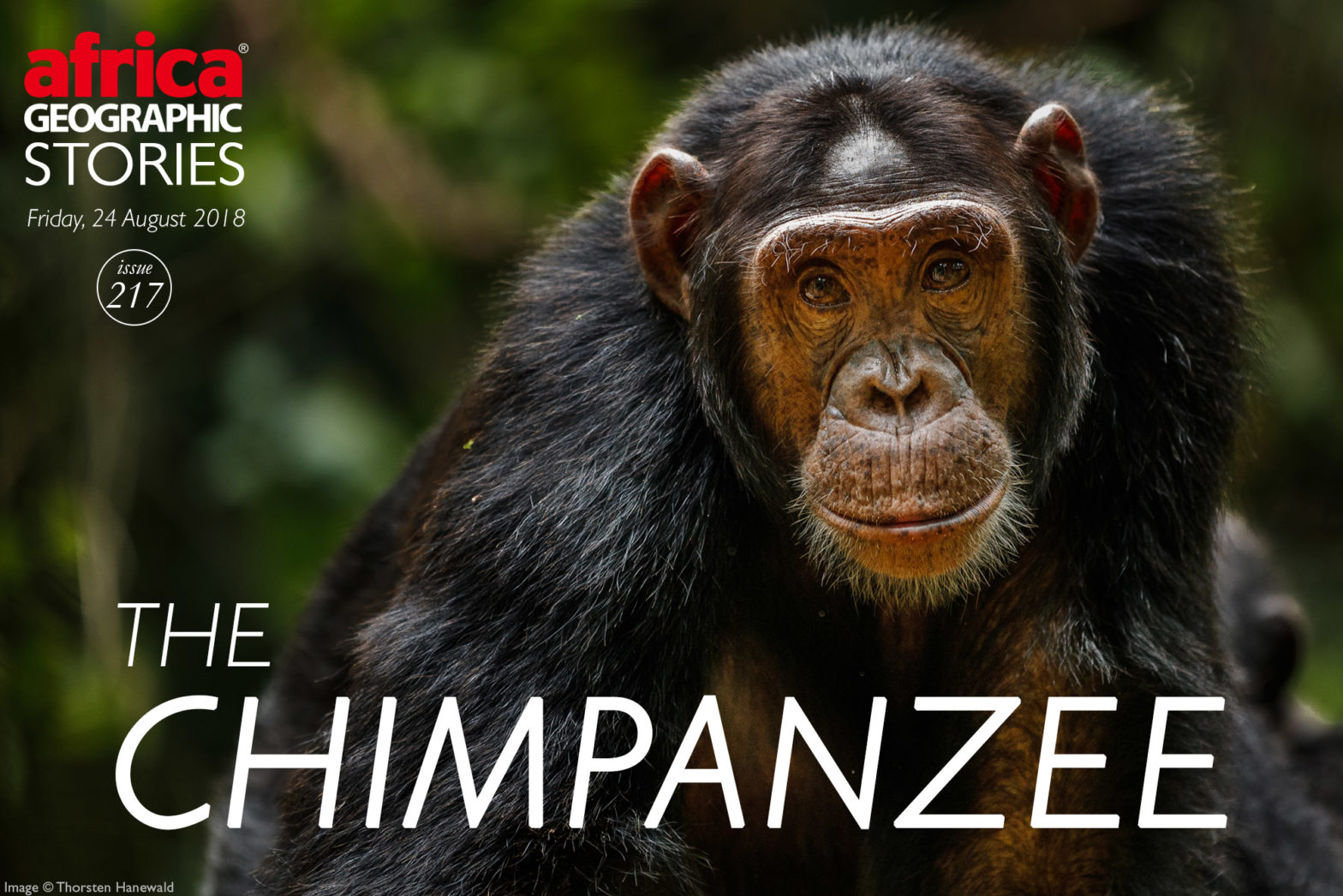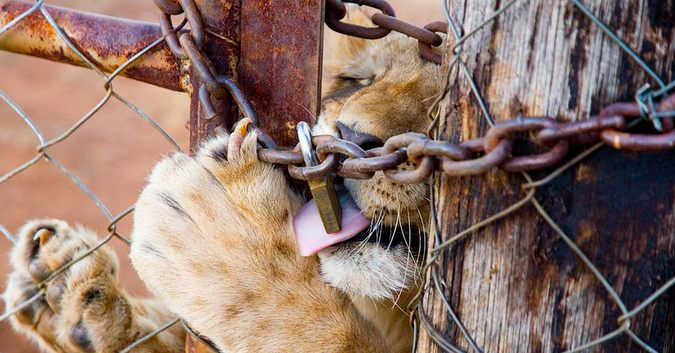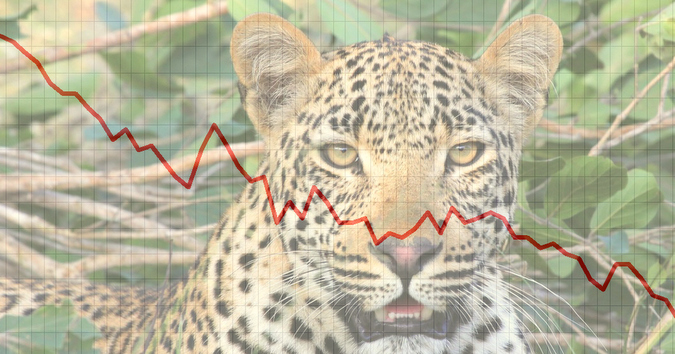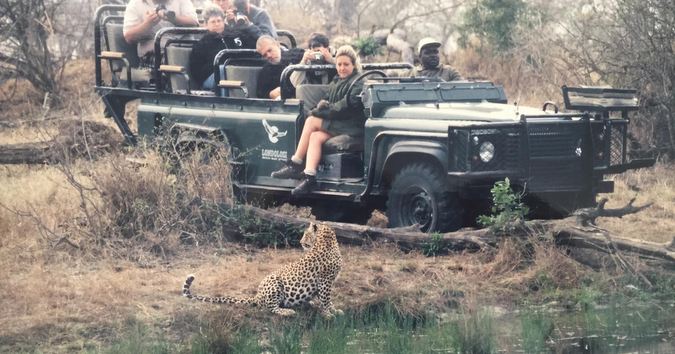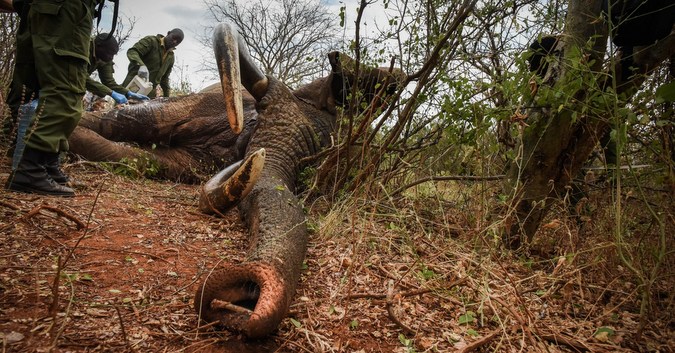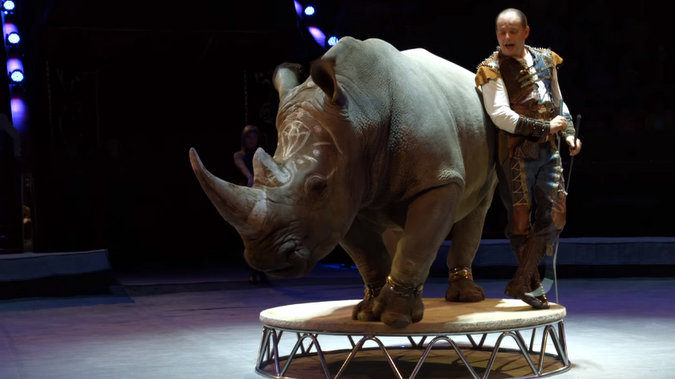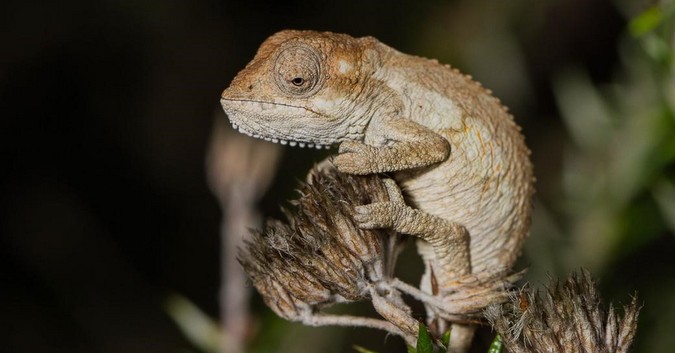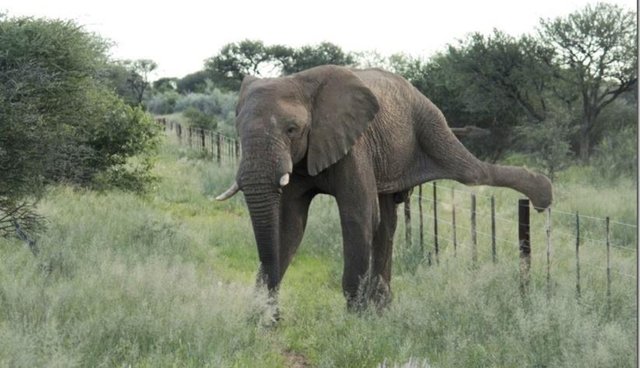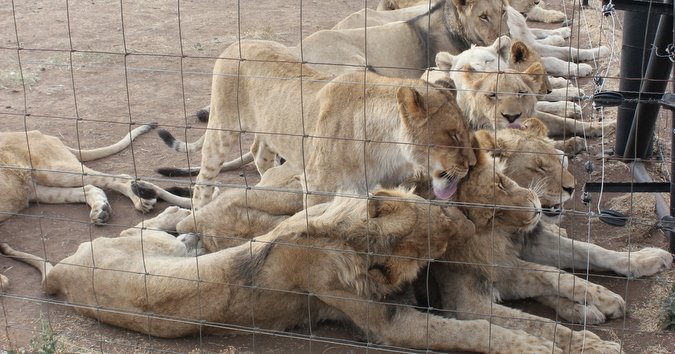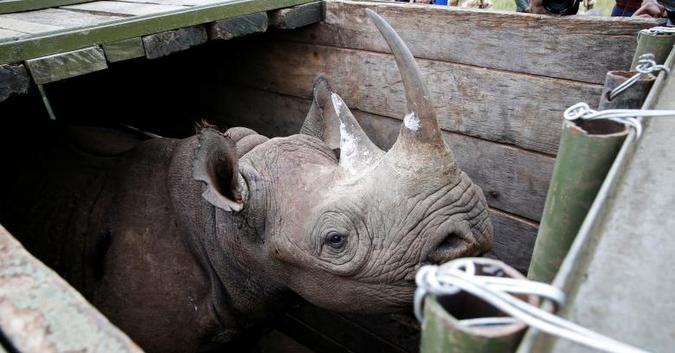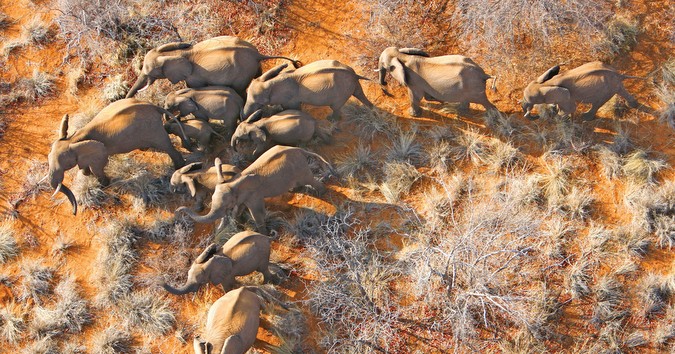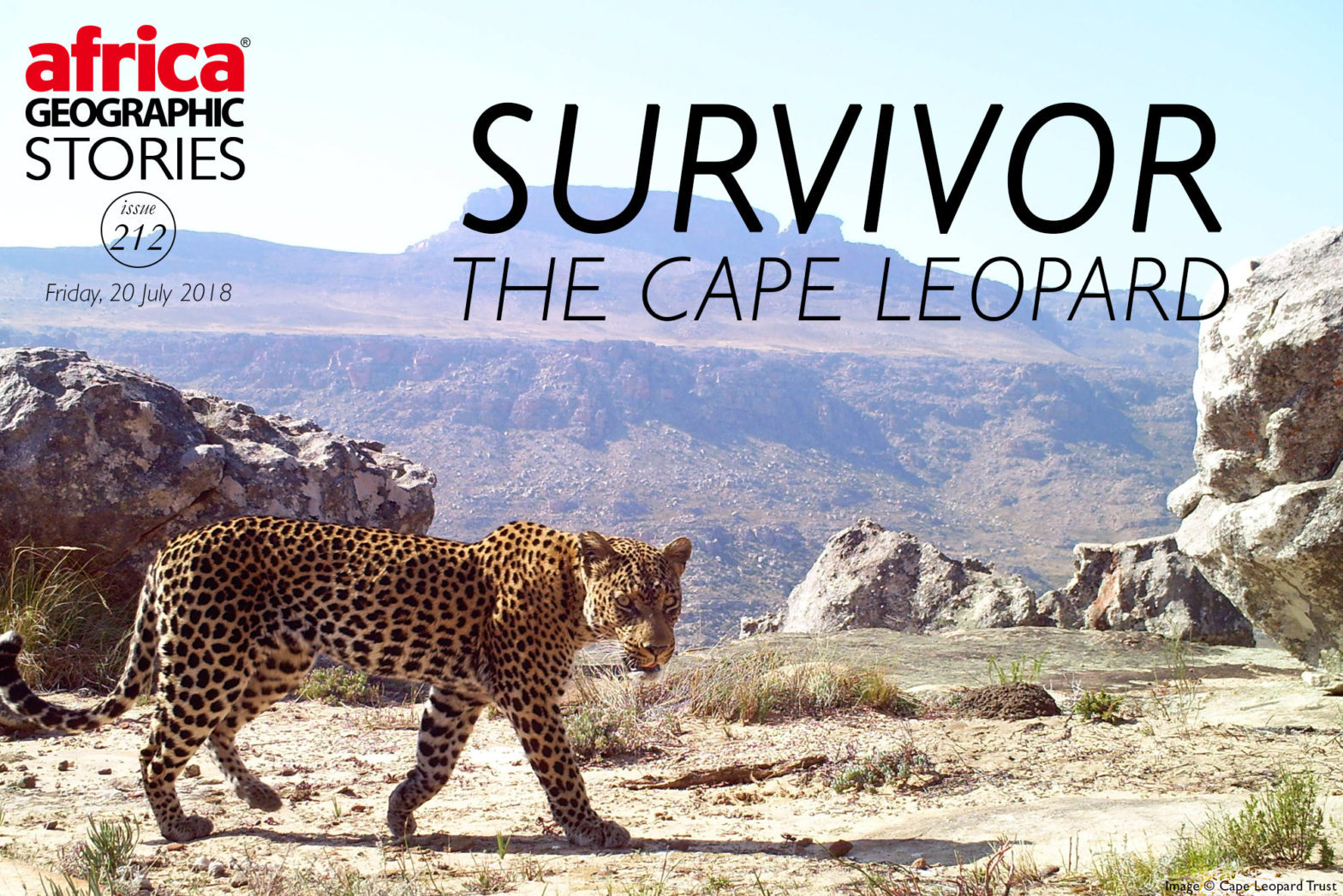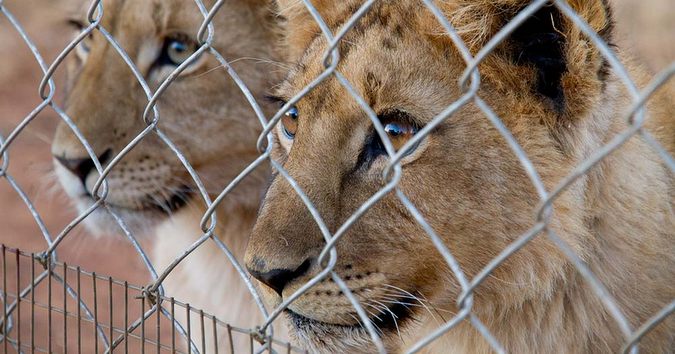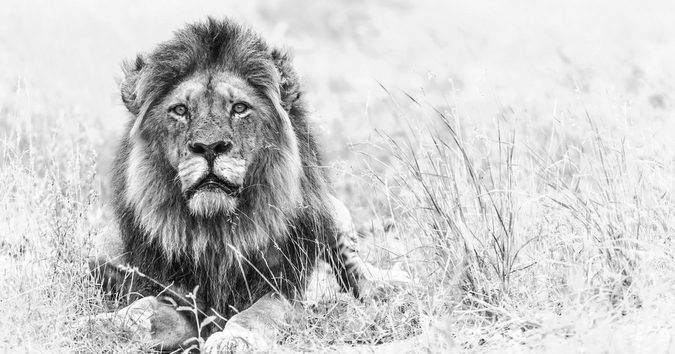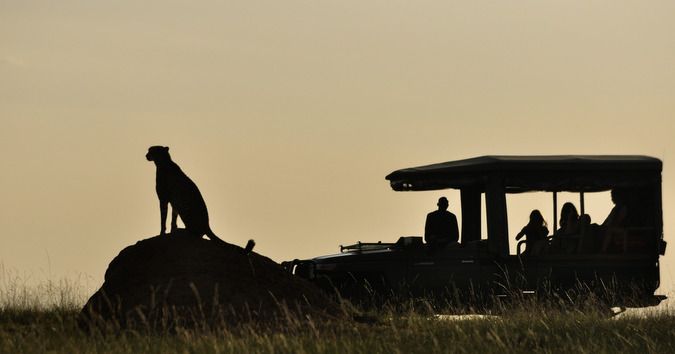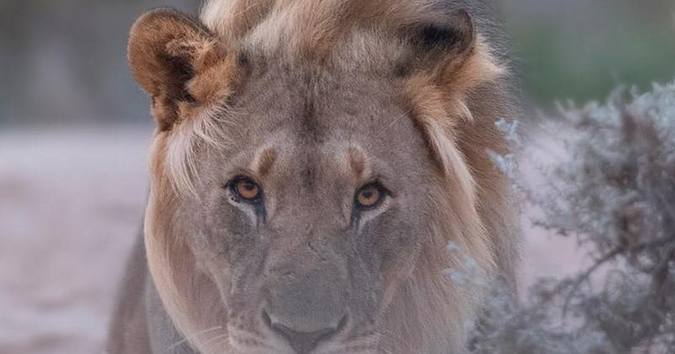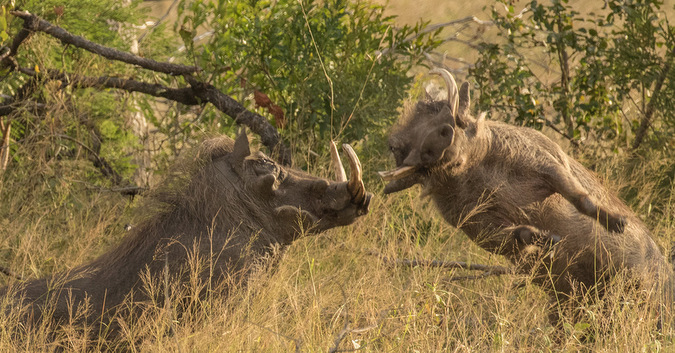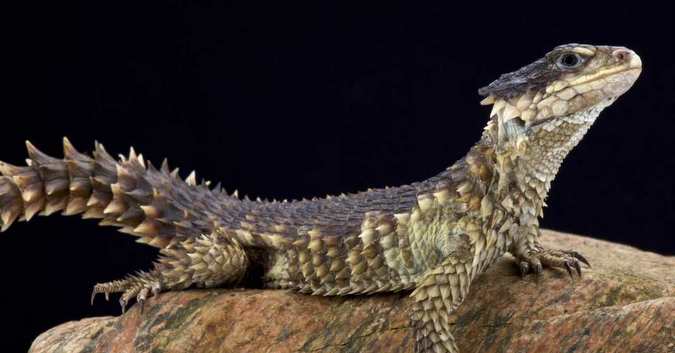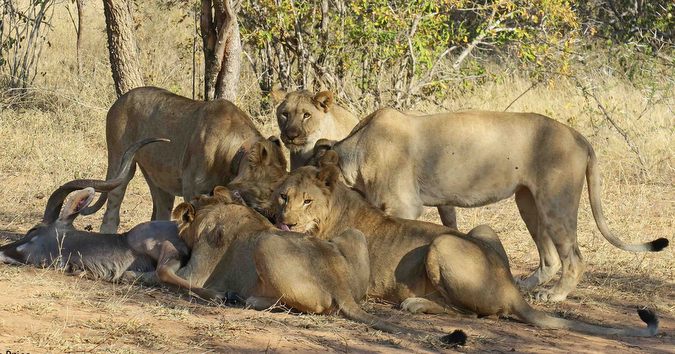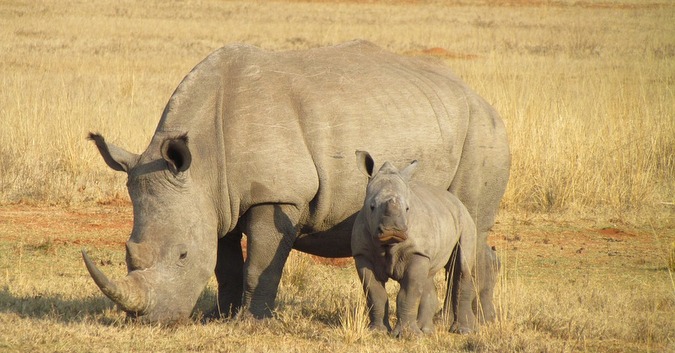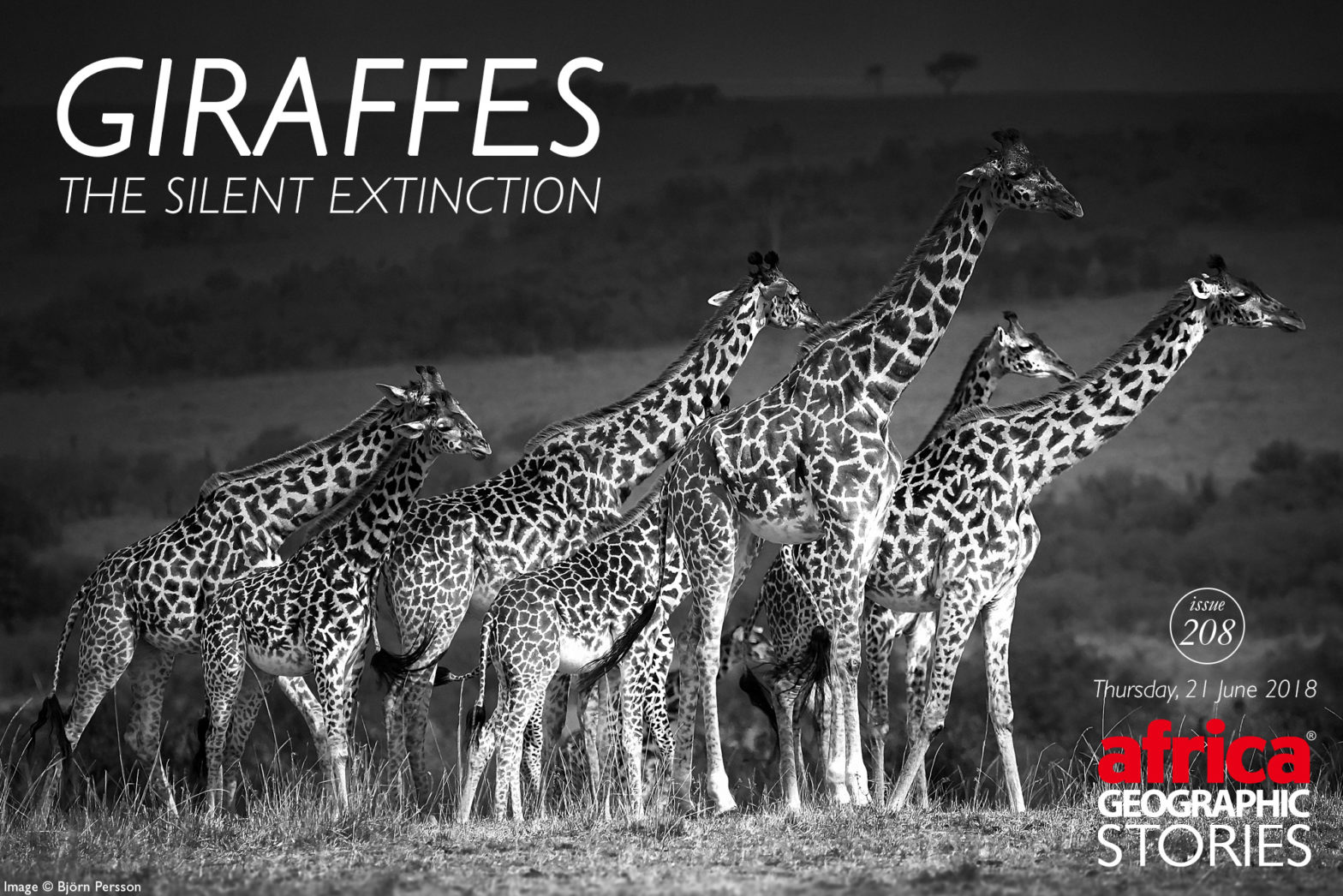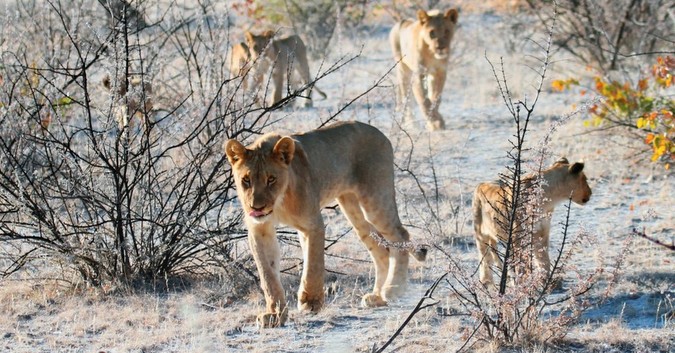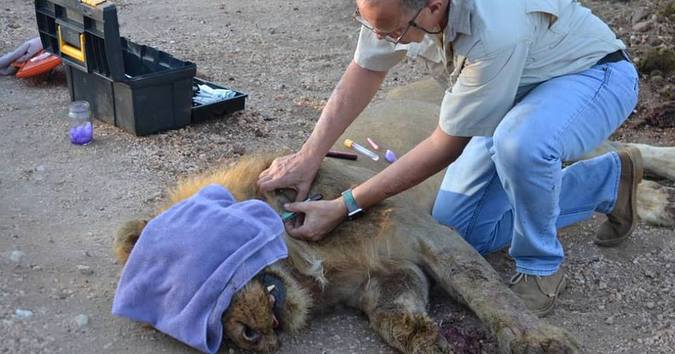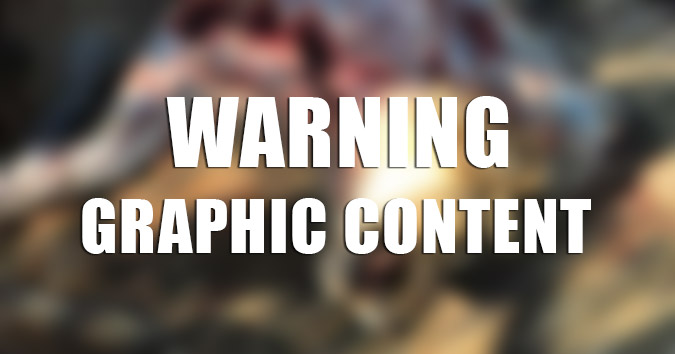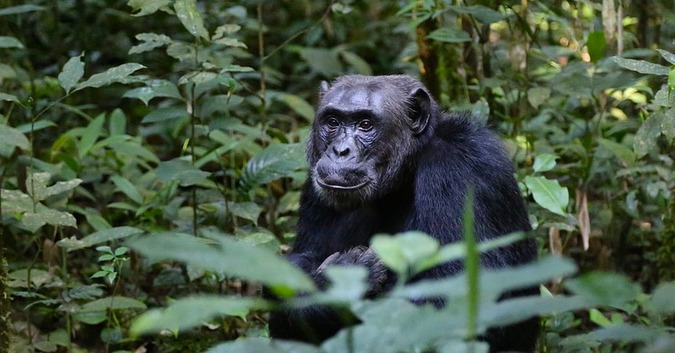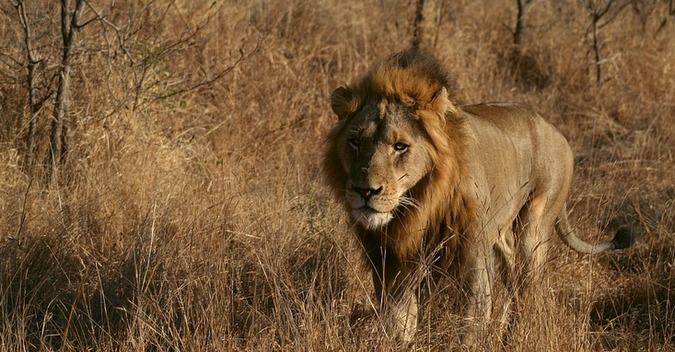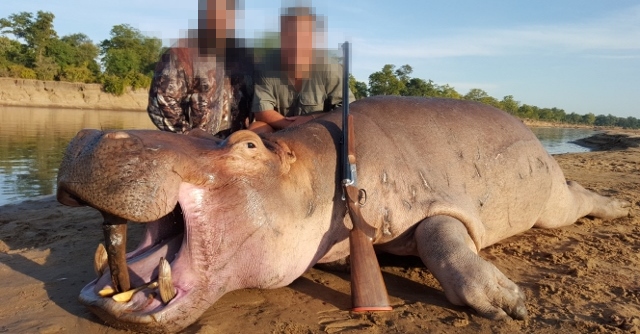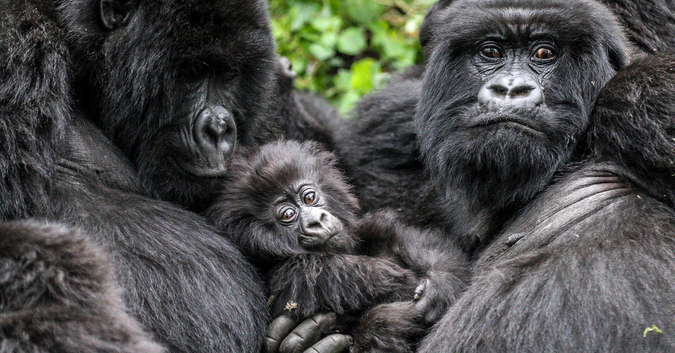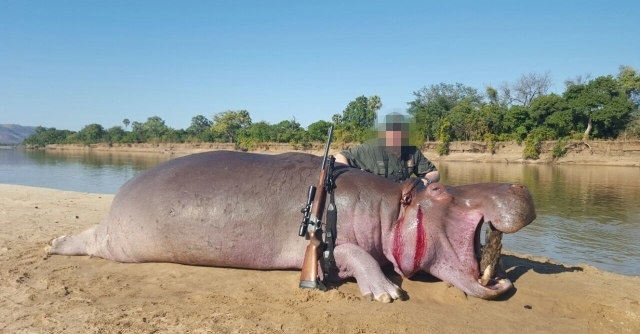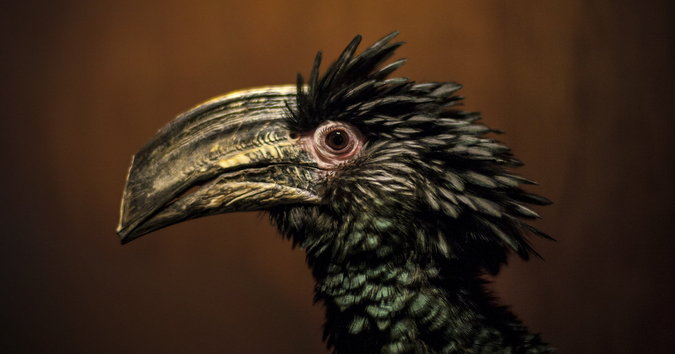African Parks has completed a series of lion translocations as part of wider efforts to restore Malawi’s parks; and for the first time in 20 years, a population of the iconic predators has been re-established in Liwonde National Park.
Category Archives: Natural history
The Chimpanzee: Our Forest Kin
“The alpha male chimp was sitting in the forest path ahead, staring into the distance in a melancholy way as if contemplating life’s challenges, chin resting on balled fist. My party and I were waiting it out, aware that it was us who were intruding on his territory and home. He knew we were waiting …
New survey: Lion breeding industry harming South Africa’s reputation
A nationwide survey has revealed that the majority of South Africans believe the captive lion breeding industry is harming the country’s international reputation.
Leopard hunting quota was issued despite official report showing significant population declines
The official report into leopard populations reveals significant population reductions, and yet the SA government has announced a resumption in trophy hunting. Does this make sense? A respected biologist suggests not.
Sierra Leone’s Turtle Islands: The ultimate digital detox
A journey to Sierra Leone’s Turtle Islands provides a technology-free escape like no other.
Safari tips: Going on safari with kids
Travelling with kids on a safari in Africa may seem like a daunting task. They can get bored very easily, especially on long road trips, and keeping their attention and interest piqued about wildlife can become a tedious, exhausting and stressful task. However, with proper planning and armed with the knowledge of what your kids enjoy, you can make a safari quite an enjoyable and memorable experience for the whole family.
Biologist questions science behind leopard trophy hunting quota
After only two years of no leopard hunting, we now have apparently accumulated enough population data to reinstate a hunting quota and lift the zero quota. I find this very hard to believe for such a cryptic species.
SA reinstates leopard hunting quota – 7 to be shot this year
Leopard hunting: South Africa’s Department of Environmental Affairs has issued a quota of seven leopards for trophy hunting during 2018.
Researchers use “biological passport” to monitor whale sharks – Earth’s largest fish
A new study has revealed endangered whale sharks inhabit smaller geographical scales than previously documented, which suggests they may be at increased risk of local extinction if good conservation management is not in place.
Elephant saved by vets in Kenya after being hit twice with poison arrows
Struck with two poison arrows, an elephant bull faced a slow and painful death, but fortunately he survived thanks to quick intervention.
Video: South African rhino doing circus tricks in Russia – what’s next for our wildlife industry?
A two-ton white rhino, sold from a South African farm, is being forced to perform tricks at Russian circuses.
Where have all the chameleons gone?
So what really has happened to all the chameleons in South Africa? We look at several factors which can affect their populations.
Elephants migrate despite boundaries and borders
A new study from the Conservation Ecology Research Unit (CERU) at the University of Pretoria (UP) set out to unravel migration in the world’s largest terrestrial mammal: the savanna elephant.
Update on rhino translocation fiasco: WWF-Kenya admits mistakes were made
WWF-Kenya has admitted that grave mistakes were made in the translocation operation in Kenya which saw 10 out of 11 critically endangered black rhinos die.
The Extinction Business: Lion bone trade threatens world’s big cats
The Extinction Business: South Africa’s ‘Lion’ Bone Trade is an investigative report by EMS Foundation and Ban Animal Trading that reveals startling and alarming factors that have a significant negative impact on worldwide big cat conservation.
Update on rhino translocation fiasco: Tenth black rhino dies, remaining survivor attacked by lions
A tenth endangered black rhino has reportedly died after a botched translocation, according to Kenya’s tourism minister.
200 Elephants to be moved from South Africa to Mozambique
De Beers Group, in partnership with Peace Parks Foundation, has begun to transport 200 elephants across 1,500km from the Venetia Limpopo Nature Reserve in South Africa to Mozambique.
The Cape Leopard
The Cape leopard is the stuff of legends. This seldom-seen, highly elusive apex predator survives in some of the most inhospitable habitats imaginable – the rugged, nutrient-poor fynbos biome of the Cape Fold Mountains. Despite habitat limitations, this region historically hosted many wildlife species, including black rhino, Cape mountain zebra, bontebok, Cape buffalo, hippopotamus, elephant, …
Costly communication: Heaviside’s dolphins risk being heard by eavesdropping killer whales
Research has found that the risky vocal behaviour of Heaviside’s dolphins put them at risk from killer whale attacks.
South Africa’s lion bone export quota set at 1,500 skeletons
The DEA has announced that the new lion bone export quota will allow 1,500 lion skeletons from captive-bred lions to be exported annually from South Africa.
8 Endangered black rhinos die after translocation in Kenya
Eight out of 14 critically endangered black rhinos have died after being moved to a reserve in southern Kenya, wildlife officials have revealed.
Join ‘Rise of the Matriarch’: An all-female expedition across southern Africa
In September 2018, the second, all-female Journeys With Purpose expedition, called ‘Rise of the Matriarch’, will make its way through various southern African countries, taking a limited number of people to visit some extraordinary places and conservation projects.
Skye the lion – the beginning of the end for trophy hunting in the Greater Kruger?
The highly controversial shooting of a male lion by a trophy hunter in the Umbabat section of the Greater Kruger could conceivably mark the beginning of the end for trophy hunting in this part of Africa.
Elephants with a purpose
Why did 53 elephants travel more than 1,250 km across three different countries this month? Here’s why.
Cheetah cub survival impacted by high-tourism areas
A study has found that high levels of tourism can have a negative impact on the rearing of cheetah cubs to independence.
Death of desert-adapted lion: Namibian minister explains policy and requests understanding
The Namibian Minister of Environment and Tourism has responded to the killing of the male desert-adapted lion, Gretsky (XPL 99).
Video: Processionary caterpillars
Processionary caterpillars are recognised by their behaviour of following each other head to tail in long, single file trails.
Video: Battle of the boars
A field guide in the Kruger National Park witnesses an epic battle between to warthog boars.
Investigating South Africa’s wildlife cryptotrade
A casual search of some of South Africa’s biggest online marketplaces shows just how easily endangered wildlife species are reduced to their parts – and how simple it is to sell them online while retaining anonymity.
Video: Lions make a comeback
With wild lions under pressure from so many threats, this is a wonderful story of lions being reintroduced to an area that used to have lions.
Opinion: The (high) road to a Greater Kruger National Park
An alternative, constructive perspective to the Greater Kruger Protected Area is offered, in contrast to the more acrimonious narratives that are doing the rounds in response to the hunting of a lion in the area.
The demise of the baobabs – a climate change warning?
Climate change is one of the biggest threats to life on this planet, and there is a sad irony that baobabs which are known as ‘the trees of life’, are amongst the first casualties.
Botswana MP proposes lifting elephant hunting ban
Botswana’s parliament has adopted a motion requesting the government to consider lifting the ban on the hunting of elephants in areas that are not designated as game reserves and national parks.
Rhino breeder John Hume says he is on verge of bankruptcy, appeals for cash
The world’s largest private rhino breeder, John Hume, is on the verge of bankruptcy, leaving questions open as to what will happen to his 1,626 southern white rhinos.
Giraffes – The Silent Extinction
It’s hard to comprehend that giraffe numbers have plummeted by almost 40% in just three decades. This rapid slide now places them amongst the most threatened species on the planet, with only approximately 98,445 (subsequently increased to 115,322) individuals remaining across this massive African continent! A population collapse of this nature could conceivably be driven …
Lion killings: Namibian NGOs respond to questions from abroad about lion management
In light of the recent backlash against Namibia for the death of a desert-adapted lion, Dr Chris Brown, CEO of the Namibia Chamber of Environment, responds to a foreign national’s questions regarding Namibia’s management of lions in the wild.
My fight to save Liberia’s pangolins
Two steps forward, one step back in pangolin conservation. Liberia is a country in West Africa that has overcome civil war, battled through the Ebola crisis and is currently recovering from the impacts. But there is one more issue to confront – the illegal wildlife and bushmeat trade.
Guarding Limpopo National Park’s carnivores
A new carnivore protection ranger force, the Limpopo Lion Protection Team, has been trained and deployed – specifically assigned to support the Greater Limpopo Carnivore Programme and tasked with securing known lion ranges from targeted lion poaching.
Lions tested for tuberculosis in Greater Kruger
A veterinarian and the ProVet Wildlife team recently darted a pride of five lions in the northern part of Greater Kruger to test for TB.
Gretzky, a desert-adapted lion, shot by Namibian authorities after killing livestock
Gretzky, the iconic Huab River male desert-adapted lion, who sired and established the Ugab Pride has been shot and killed by the Ministry of Environment and Tourism (MET) at De Rust Farm.
Gorillas, chimps and lemurs among species in danger of imminent mass extinction
The majority of primate species, including chimpanzees, gorillas and lemurs, are on the brink of extinction, and scientists fear that without a concerted global effort they will soon be gone for good.
Mysterious deaths of ancient baobabs leave scientists baffled
A new survey of baobab trees across several countries in southern Africa found that most of the oldest and largest of trees have died or significantly deteriorated in the last 12 years.
Kruger lion hunted – what we know
A large male lion was trophy hunted on Thursday morning last week in the Greater Kruger National Park.
Zambia’s hippo cull: Valid concerns and questions from those affected
A showdown is looming between tourism operators in Zambia’s South Luangwa National Park and trophy hunters, in the wake of the Zambian government’s decision to cull up to 2,000 hippos over a 5-year period in Luangwa Valley, across the river from the tourism lodges – and to award the culling contract to a South African trophy hunting outfit Umlilo Safaris (so much for the empowerment of local people and generation of revenue that stays in Zambia).
Mountain gorilla numbers surpass 1,000
The population of mountain gorillas, one of the world’s most endangered species,, has increased by a quarter to over 1,000 individuals since 2010, wildlife authorities said.
The black & white of African wildlife explained
Every now and then nature experiments by producing a black or white mutation of an animal or bird that is otherwise normally coloured. There is something magical about seeing a white lion, black leopard or ‘king’ cheetah in the wild, as if it were a spiritual shadow of the species, a form of higher being.
Opinion: Africa is not Disneyland
Some imagery that comes to our screens can be tough to stomach, and every now and then Africa really tests one’s emotional make-up.
Zambia hippo cull via trophy hunting not as high as 2,000, says minister
The Zambian government on Tuesday denied reports that it has authorised the culling of 2,000 hippos in the Luangwa Valley.
Forest hornbills being decimated in Ghana
Six out of eight Ghanaian forest hornbill species have shown significant population declines due to uncontrolled hunting, according to a long-term research project.
Zambia reinstates plan to cull 2,000 hippos
Zambian authorities have overturned their 2016 decision to suspend the culling of up to 2,000 hippos in Luangwa Valley.


